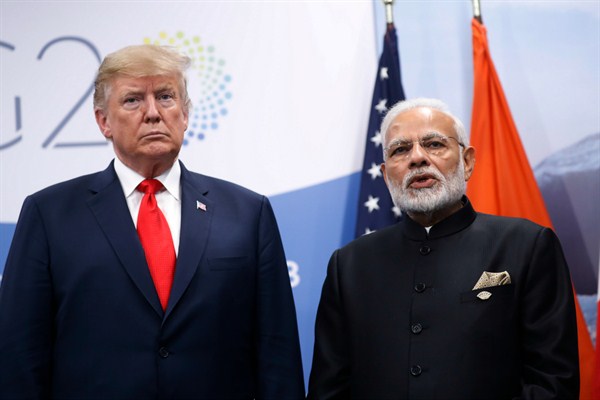In its early days, the international trade regime that the United States and its allies created after World War II counted relatively few less-developed countries as members. For the first few decades, developing country members of the General Agreement on Tariffs and Trade, the precursor to the World Trade Organization, remained mostly small in economic size, unimportant in trade and participated little in multilateral trade negotiations. In the 1960s and 1970s, developed countries unilaterally extended preferential market access to poorer countries to spur economic growth and development. As the “newly industrializing countries” of Asia, followed by Brazil, India, Mexico, South Africa and others, succeeded in growing faster and becoming bigger exporters, conflicts grew over the appropriate scope of “preferential and different treatment” for developing countries.
Earlier this year, U.S. negotiators submitted a proposal calling on the WTO to treat larger or more advanced developing countries—such as India, China and other members of the G-20—the same under its rules as it does industrialized members. Beginning in 2014, the European Union decided that upper middle-income countries would no longer be eligible for special access under its Generalized System of Preferences program, known as GSP. Most rich countries, including the U.S., have their own GSP programs that reduce or eliminate tariffs on designated imports from eligible developing countries, but they differ on how they determine eligibility.
“Graduation” from these trade preference programs and special treatment at the WTO is a mark of successful development. But there are costs associated with graduation—in particular, developing countries will face higher tariffs on their exports. And since there are no internationally agreed criteria on when and how this process should occur, it remains a highly contested issue between countries providing preferential treatment and those receiving it.

